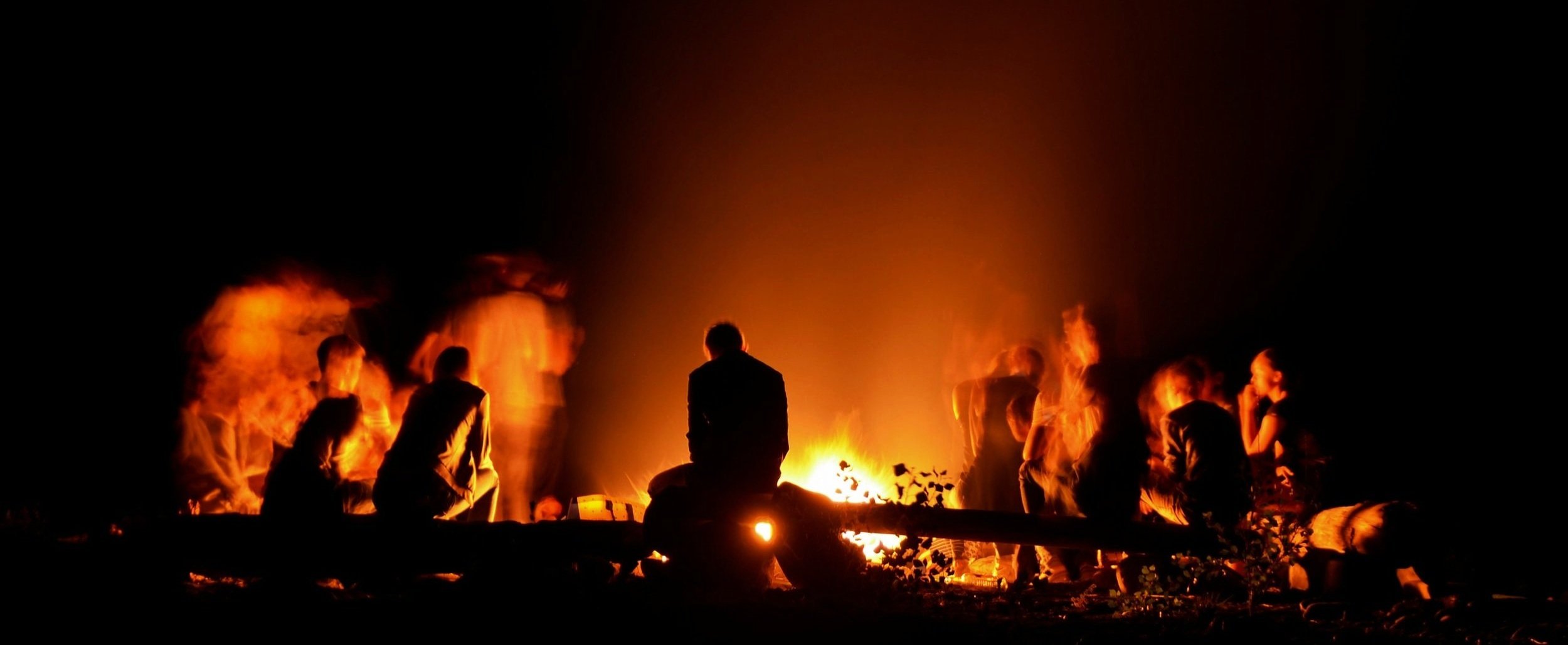
Sitting Around "Campfire"
Sitting Around "Campfire"
Understanding Theater Architectural Space
Instructor: Forbes Morlock
Media: Commonplace Book
London 2023
“All the world’s a stage, and all the men and women merely players.”
Theatre—an evocative term that spans over millenniums—is not just a form or space but a focal point. As Mark mentioned in the foreword of London Theatre, this act of gathering together traces back to the origins of human history. When people, as a group with collective consciousness, congregate around a campfire to discuss, perform, play, relax, listen, and behold time, this loosely organized form could be defined as a relationship between performancing and watching. The birth of theatre might have stemmed from the simplest campfire gatherings. Centuries ago, the ancient Greeks and Romans built amphitheaters, among the earliest recorded and extensively replicated architectural forms in human history. These are some of the most successful theatrical spaces. The functionality displayed in these spaces can be visually understood without needing language. When modern individuals unwittingly observe these ancient constructions, they perceive them as theatres. The spatial expression and visual language of theatre transcend time and serve as a vessel for human ideologies. Theatre is a nexus expressing human cognition, culture, artistry, and emotions. It’s a process crafted and objectively observed by creators, an exchange of perspectives on how humans perceive the world. It embodies highly refined cultural elements and encapsulates human history. London, a city with a rich history and the capital of England, holds a prominent position globally. Since propelling the Industrial Revolution, it has been a focal point for various cultural collisions and exchanges. From the Crystal Palace, it became a visual focal point for world culture. The theatrical culture in London, starting from Shakespearean times, has thrived and persisted, making it the stage for world theatrical culture.
Theaterical space is broadly divided between the audience and actors. Nevertheless, in the enduring architectural form, these spaces seldom intersect. The audience typically reaches only the space in front of the stage, while actors mainly operate on and behind the stage. Theatre space usually adheres to the order of four spaces: Entrance, auditorium (serving the audience), stage, and backstage (serving the actors). This commonplace book will explore the spatial logic of London Theatre from a dimensional perspective while diverging into thoughts by deconstructing the temporal significance of these spaces. The aim is to contemplate the various degrees of shifting focus in London theatre spaces and the strong, visually focused examination of the “campfire” as a highly guiding focal point.
